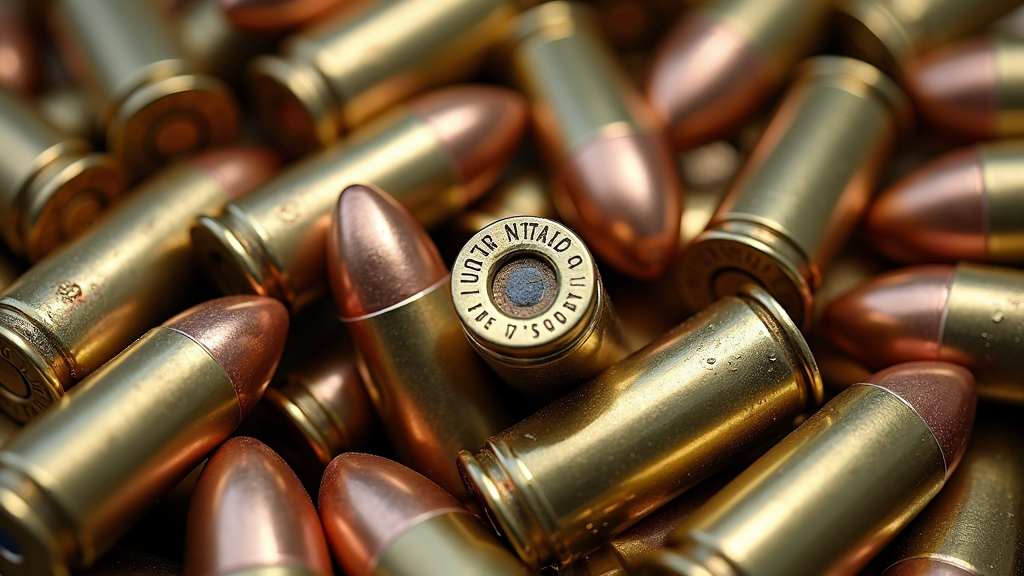Is Reloading Ammo The Hobby You've Been Looking For?
Reloading is a great way to get your gunning hobby started. By reloading, you get to know better ways to practice your firearms and it helps you identify loads that are better suited for your armaments. It is unlikely to find factory-made ammunition for all guns; even if you find it, it is priced steeply.
By picking reloading as a hobby, you manage to save a fortune and get more practice shots, subsequently increasing your accuracy. Getting started with your reloading hobby might seem intimidating at first, especially when you are without the necessary pieces of equipment and unaware of the practices, but eventually you’ll get the hang of it.
Priming
After your brass has been de-primed and resized, you should prime the cases before proceeding. Make sure you use the primers that are specified for the ammunition you are loading. The fact that a new primer potentially fits, does not suggest that it is safe to use. A hand priming tool is the most popular and easiest technique for starters.
While priming, make sure to check that each primer has been placed appropriately and at the same depth. In case you are unaware of your primer sizes, check out TheCastleArms.com.
Finding someone with a reloading setup and having them teach you the basics is just the easiest way to begin. If you don’t have anyone to teach you, try ordering a ready-made reloading setup.
Parts of a Bullet
Before you get started with reloading, you will need to know what a bullet consists of. To produce a bullet, you will need a brass casing, gunpowder, and primer. While you need to follow all the steps mentioned below, in some calibers you just need to do the bare minimum.
Case Prep
The most time-consuming process of reloading is case prepping. The goal in this step is to make a uniform casing to ensure your final ammo is consistent. Once bullets are fired, there is shrinkage, and the casing gets dirty (like in the case of semis, the casing is covered in carbon).
You could do the case prepping in two ways: you could either clean the casing with a brass tumbler and deprime the primer using a reloading press or vice versa. Make sure the cleaning takes place outside the house because there could be lead contamination.
Since the case tends to increase in size after firing, you will have to resize the brass casing as well. For resizing, the fired case is sent through a resizing die, which reforms the brass. Since the brass has been decreased in size, you may need to inspect the case for the correct length and chop off any excess.
Loading Gunpowder
Once your case is primed, you will have to fill your ammunition with gunpowder. Technically, there will be different gunpowder suitable for each caliber, but some gunpowders are specific to the weight of the case. Charging your case can be done easily by using a powder thrower.
Make sure you know the amount of gunpowder needed by simply checking the manual, or you could end up double charging the case, subsequently leading to injuries and damage to the firearm. Referring to a reloading manual is also useful since it specifies the size dimensions of the casing.
Bullet Seating
Sometimes the cases are too narrow to fit in the bullet. To solve this issue, you place the bullet above the case and use a bullet seating die to push it through.
You could also apply a crimp to push the bullet into the case to make it more secure. When it comes to duck hunting, choosing the best Shotgun Loads is crucial for a successful hunt. Crimp is usually recommended in the case of semi-autos. Be cautious with the bullet seating and ensure that the case is uniformly filled with gunpowder.
Test Your Loads
Tag all ammo you load according to the bullet type and gunpowder charge before heading out on a hunting spree. This describes the ammunition and what you could expect from it. While testing your load, always start with a smaller load and work your way up to maximum loads using a chronograph. Keep an eye out for signals of extra pressure, like flattened primers.
In Conclusion
Reloading can be both fun and cost-effective. While it might seem to be a daunting hobby to pick up, once you get to practice, you will find it to be easy. The initial cost for setting up your reloading machinery would be meager compared to the savings you gain from loading your ammunition.


